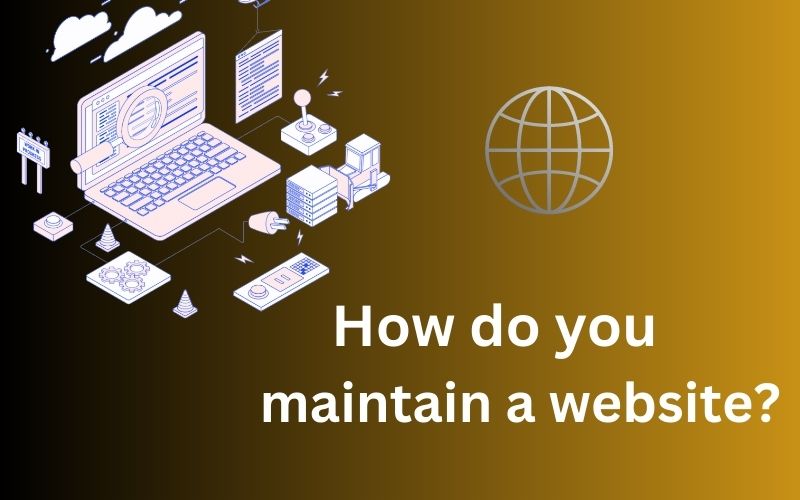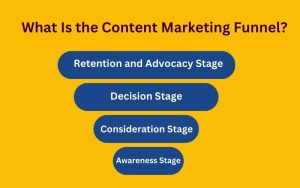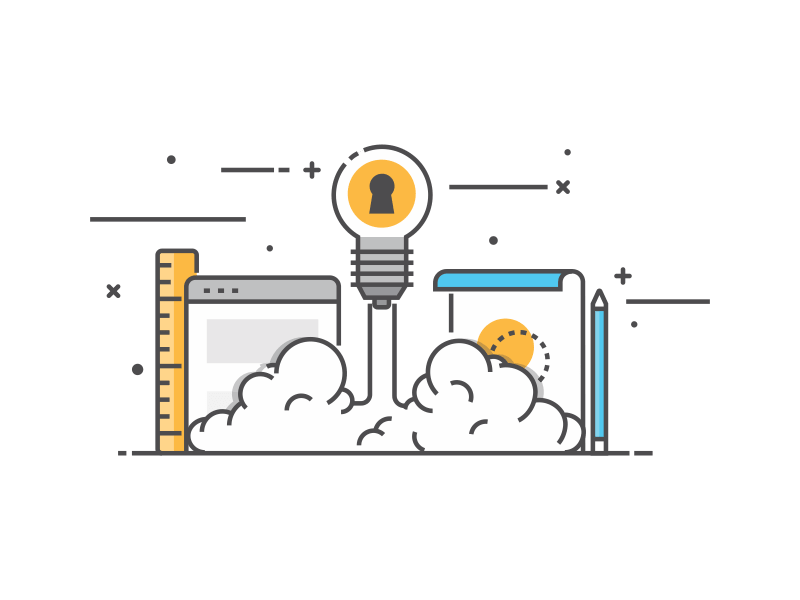Maintaining a website is crucial to ensuring that it remains functional, secure, and up-to-date. Whether you are running a personal blog or managing a business website, regularly maintaining your site is essential to providing a positive user experience and achieving your online goals.
In this article, we will explore some of the essential tasks involved in website maintenance and offer tips and best practices to help you keep your site running smoothly.
Regularly Update Your Content
One of the most important tasks in website maintenance is regularly updating your content. Not only does this keep your site fresh and relevant, but it also helps with search engine optimization (SEO) by showing search engines that your site is active and informative.
When updating your content, make sure to proofread and edit carefully, checking for grammar and spelling errors, broken links, and outdated information. It’s also essential to use high-quality images and videos that enhance your content and make it more engaging.

Backup Your Website
Backing up your website is essential in case of a server failure, hacking, or accidental deletion of data. Without a backup, you could lose all of your site’s content and have to start from scratch.
Most web hosting providers offer backup services, but it’s also a good idea to regularly download a copy of your site’s files and database to your local computer or cloud storage service. You can do this manually or use a plugin or tool to automate the process.
Keep Your Software Up-to-Date
Keeping your website’s software up-to-date is crucial to maintaining security and preventing hacking attempts. This includes your content management system (CMS), plugins, themes, and any other software your site relies on.
When a software update becomes available, it’s essential to install it as soon as possible. Most updates include bug fixes, security patches, and performance improvements that can help keep your site running smoothly and secure.
Monitor Your Site's Performance
Monitoring your site’s performance is essential to ensuring that it loads quickly and provides a positive user experience. Slow page load times can negatively impact your site’s search engine rankings and drive away visitors.
There are several tools available to help you monitor your site’s performance, including Google Analytics, which provides detailed information about your site’s traffic and engagement metrics, and PageSpeed Insights, which analyzes your site’s speed and offers suggestions for improvement.

Secure Your Site with SSL
SSL (Secure Sockets Layer) is a security protocol that encrypts data transmitted between a website and its users. It’s essential to secure your site with SSL to protect sensitive information such as login credentials, payment details, and personal data.
Most web hosting providers offer SSL certificates, which can be installed on your site with a few clicks. Once installed, your site’s URL will change from HTTP to HTTPS, indicating that it’s secure and encrypted.
Monitor and Respond to Comments and Feedback
Comments and feedback are an essential aspect of engaging with your audience and building a community around your site. It’s important to monitor comments and respond promptly to feedback to show your readers that you value their opinions and are committed to providing high-quality content.
However, it’s also essential to moderate comments to prevent spam, hate speech, and other inappropriate content. You can use a plugin or tool to automatically filter out comments that contain certain keywords or meet specific criteria.

Regularly Check for Broken Links
Broken links can negatively impact your site’s SEO and frustrate users who are trying to access your content. Regularly checking for broken links and fixing them is essential to ensuring that your site remains user-friendly and functional.
You can use a tool such as Broken Link Checker to scan your site for broken links and receive notifications when they’re found. Once you’ve identified broken links, you can either update the link or remove it altogether.
Keep Your Design and Layout Consistent
Consistency in design and layout is crucial to maintaining a professional and cohesive look for your website. It’s important to keep your branding elements, such as your logo, color scheme, and typography consistent across all pages and sections of your site.
Using a style guide can help ensure consistency by providing guidelines for design elements, such as font sizes, line spacing, and margins. It’s also important to regularly check for any design or layout issues and fix them promptly to ensure a seamless user experience.





